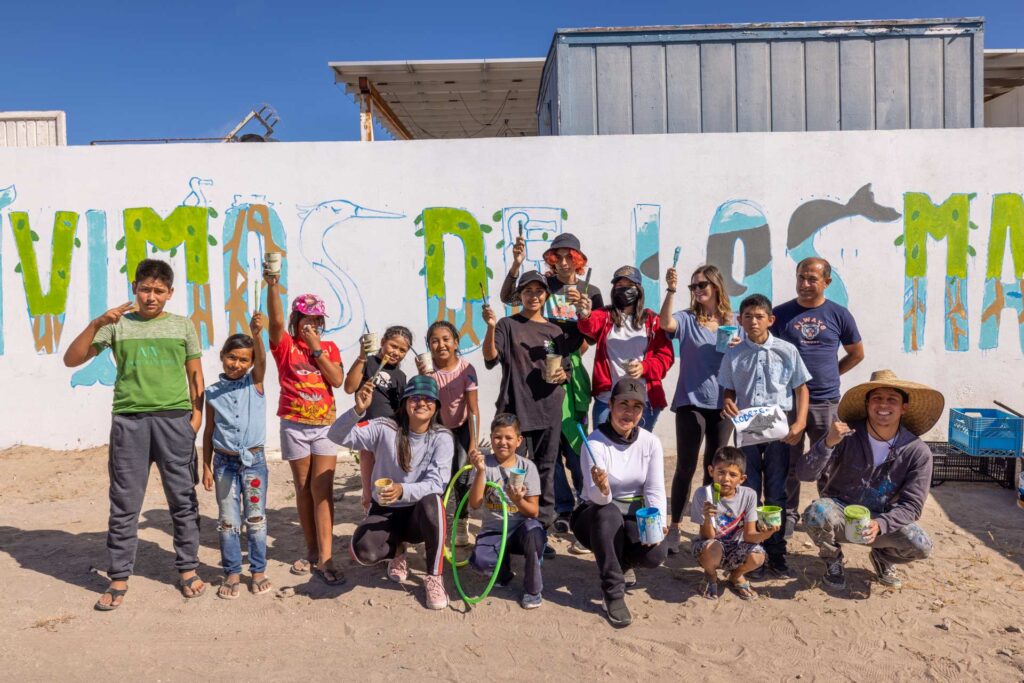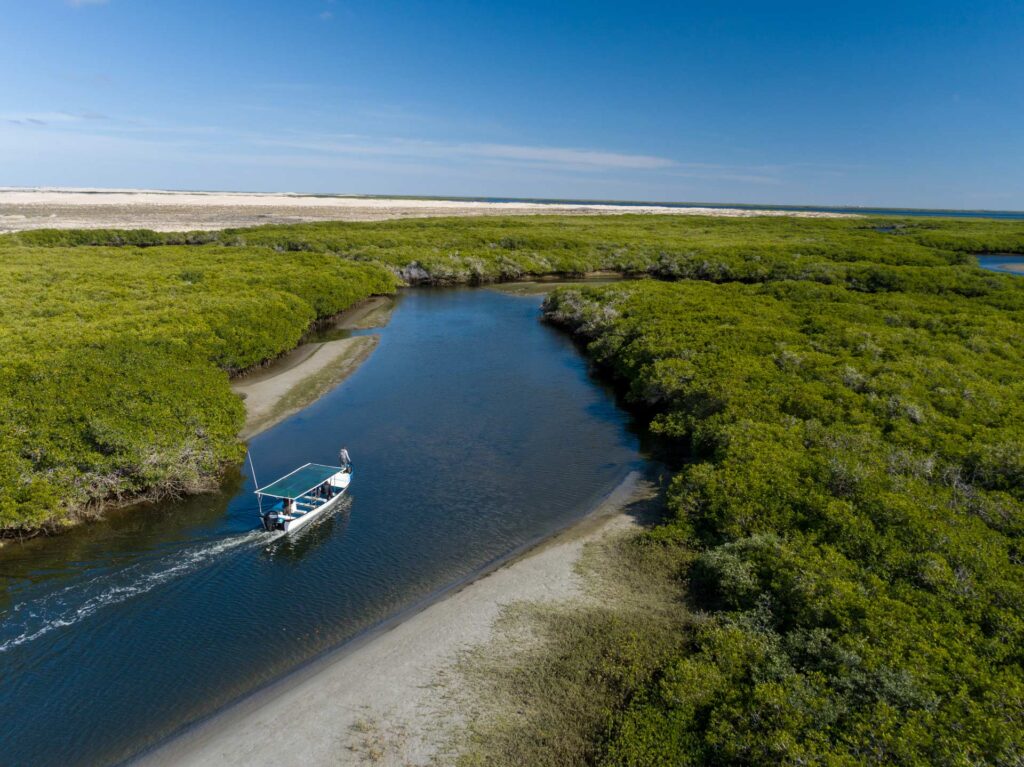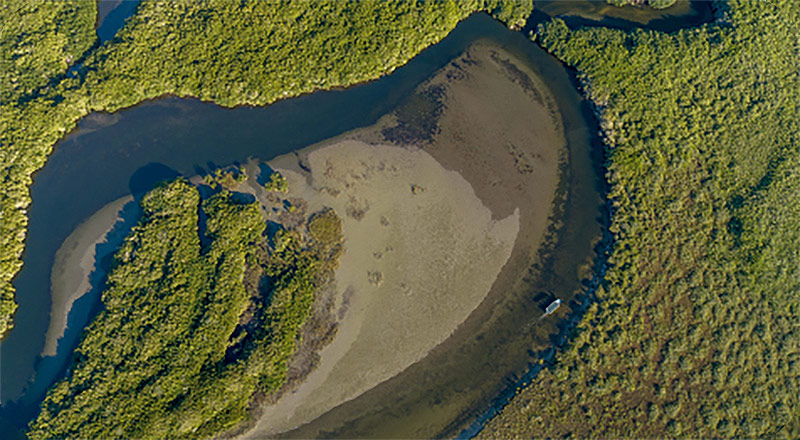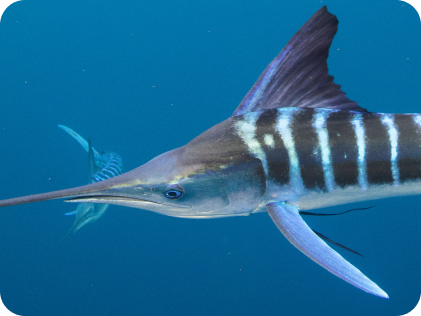Magdalena Bay Blue Carbon Projects
BAJA CALIFORNIA SUR, MEXICO
A blue carbon paradise
The Magdalena Bay Blue Carbon Project, situated in Magdalena Bay in Baja California Sur, Mexico, and is home to Baja’s largest mangrove forest creating a unique ecosystem known for its pristine habitat and incredible biodiversity.
Blue carbon refers to carbon stored in coastal and marine ecosystems, which are highly efficient at sequestering and storing carbon. The project also aims to promote wildlife conservation and create programs to improve the livelihood of local communities. To date, MarVivo has implemented programs in Environmental Education, First Aid Training, Ecotourism Professional Skill Development, Early Disease Detection in Children, English Classes, Community Infrastructure, Clean Water Access and directly employed Men and Women within the communities we work.
Long-term Vision
MarVivo has been working in Puerto San Carlos and other communities in Magdalena Bay since 2021. Our participatory approach involves community leaders establishing trust in the projects goals

We all live from the mangroves
32% of artisanal fisheries species grow in mangroves

WHY ARE MANGROVES IMPORTANT?
Mangroves are a vital component of healthy coast creating habitat, coastal protection and carbon sequestration up to 4 times greater than a tropical forest.
Our Impact
Sustainable development goals
Mangrove conservation
The Magdalena Bay Blue Carbon project aims to prevent significant deforestation of mangroves due to shrimp farming, which has occurred in the nearby area. Blue carbon ecosystems are major sources for sequestering and storing carbon. Studies suggest mangroves and coastal wetlands annually sequester carbon at a rate 4 times greater than mature tropical forests. They also tend to store carbon for a longer period of time as much of the carbon is stored below water in organic-rich sediment or peat.

Protecting Biodiversity
Magdalena Bay’s abundance of mangrove forests shelters unique biodiversity, which includes multiple species listed on the IUCN Red List. Its unique temperature fluctuations attract an abundance of marine life including sharks, whales, turtles and seals. Magdalena Bay is frequented by many species of sharks including mako sharks, blue sharks, hammerhead sharks and silky sharks, all of which are particularly vulnerable to shark fishing.


Improving Livelihoods
A portion of the revenue from the sale of carbon credits will support projects in local communities designed to increase community well-being and create new economic opportunities like ecotourism and sustainable sea scallop farming. The intent is to displace the shrimp farming that is occurring in the area surrounding the project, which has led to high rates of mangrove deforestation.
CREDIT ISSUANCE
The Magdalena Bay Blue Carbon project is expected to reduce greenhouse gas emissions by approximately 22 million tCO2e during its 30-year project life and generate an equivalent amount of blue carbon credits.
The project is under development and plans to have the project registered and validated under Verra’s Verified Carbon Standard (VCS), the Climate, Community & Biodiversity Standards (CCB) and the Sustainable Development Verified Impact Standard (SD VISta). If you are interested in purchasing carbon credits, please visit our partners at Carbon Streaming.